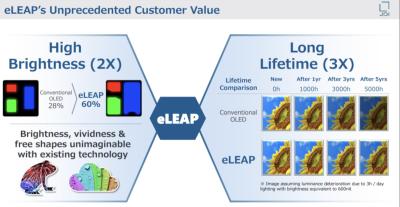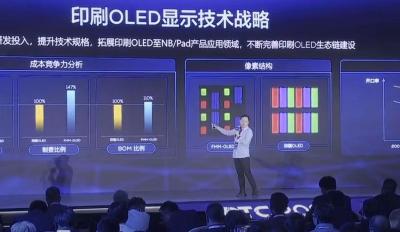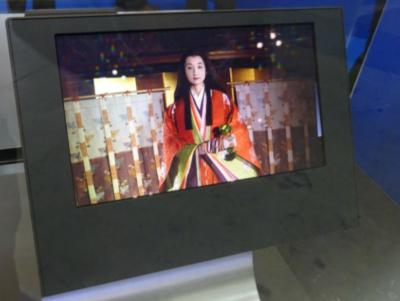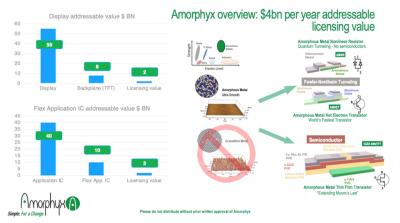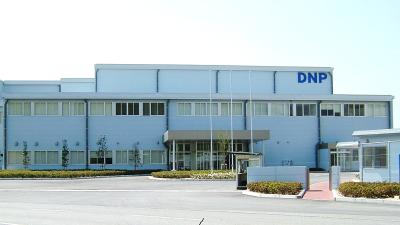Japan Display delays and scales back its plan to mass produce eLEAP AMOLED displays in China
In 2022, Japan Display (JDI) announced that it has developed a "historic breakthrough in display technology" - a new OLED deposition process which they refer to as eLEAP, that is said to be cost effective and can be used to create freeform OLEDs that are brighter, more efficient, and longer lasting compared to OLEDs produced using mask evaporation (FMM).
Japan Display announced an agreement with China-based LCD maker HKC Corp to mass produce panels by 2025 in China, based on JDI's technology, but the plan was later cancelled, and JDI said it will establish its own factory in China. The company was negotiating with the Wuhu Economic and Technological Development Zone (in Anhui Province), aiming to establish two eLEAP AMOLED production lines by 2025. JDI hoped to sign the formal agreement before the end of 2023.
JDI now announced that it is scaling back its plans. Originally JDI aimed to establish two production lines: one 6-Gen (with a capacity of 10,000 monthly substrates) and one 8.7-Gen (30,000 monthly substrates). Now JDI decided to reduce its plans, to a single 8.7-Gen fab. In addition, it estimates it will sign the final contract in March 2024. The 8.7-Gen line will start mass production in December 2026.
